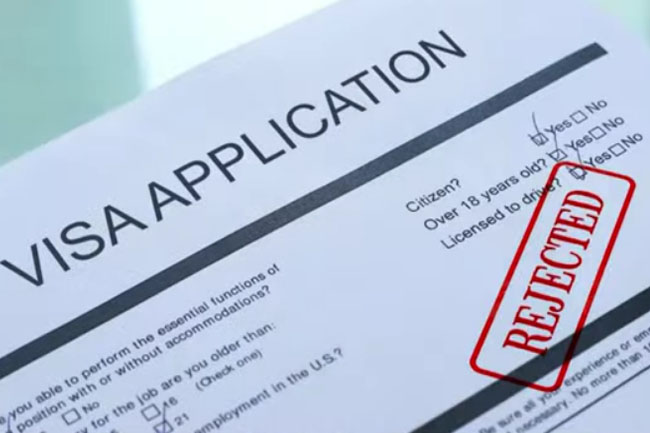After growing by over 90,000 in July to an all-time record of 2.554 million, temporary entrants in August plateaued at 2.552 million.
The question the Albanese Government will be asking is whether that is due to the policy tightening introduced on 1 July or whether it is too early for those changes to have taken effect.
While the overall number of temporary entrants was stable in August, Table 1 shows that the composition changed in a number of areas.

The 11,000 increase in bridging visa holders after a steady decline since the Albanese Government came to office is most likely an increase in students applying for temporary graduate visas and/or an increase in asylum applicants and/or an increase in visitors applying for further stay. Some may also be applicants for the COVID visa which was not closed to totally new applications until September. Unfortunately, the Department of Home Affairs (DHA) does not publish data on this.
The small increase in New Zealand citizens (4,000) is likely the result of Australia’s relatively stronger labour market offset by long-standing NZ citizens in Australia taking advantage of the new direct pathway to Australian citizenship.
The smaller increase in students (6,000) will be due to lower offshore student applications in July/August compared to June as well as completing students applying for a temporary graduate visa.
The 34,000 decline in visitors may reflect the departure of net visitor arrivals of over 50,000 in June/July. Net visitor movements to date for 2023 have been negative 148,000 suggesting the large contribution of visitors to net migration in 2022 may be moderating. But we cannot know this without access to the detailed data held by DHA.
The 2,000 increase in working holidaymakers reflects a net increase in arrivals of these visa holders in August of 7,550. The steady increase in working holidaymakers in Australia reflects the 224,431 visas (first, second and third visas) granted in 2022-23 compared to 97,359 granted in 2021-22. It is likely the number of working holidaymakers in Australia will continue to rise, particularly for the forthcoming summer, unless the Government adopts the policy tightening for these visas recommended by the Parkinson Review (or something similar).
The 8,000 increase in the temporary employment (other) group would be due to the ongoing increase in COVID visa holders which was not closed to totally new applications until September.
The 5,000 increase in skilled temporary entrants reflects the ongoing strength of the labour market and took place despite the increase in the minimum salary for this visa that took place from 1 July 2023 and the fact these visa holders are the major feeder group to employer-sponsored permanent residence.
Temporary protection visa holders will continue to decline as these have been provided with a pathway to permanent residence.
The 2,000 decline in temporary graduates is likely due to some of these visa holders securing permanent residence. There may be applicants for these visas in the larger bridging visa backlog.
The Government is taking action to bring down the level of net migration, particularly through tightening of student visa policy. This will take time to have effect. The first indication of an impact will be a relative decline in offshore student visa applications.
Dr Abul Rizvi is an Independent Australia columnist and a former Deputy Secretary of the Department of Immigration. You can follow Abul on Twitter @RizviAbul.
Related Articles
- Moratorium needed on cruel deportations
- Coalition immigration policies set to undergo massive changes
- Immigration policy about to undergo massive shake-up
- Big Australia needn't be a taboo subject
- Productivity Commission's migration reform ideas a curate's egg
 This work is licensed under a Creative Commons Attribution-NonCommercial-NoDerivs 3.0 Australia License
This work is licensed under a Creative Commons Attribution-NonCommercial-NoDerivs 3.0 Australia License
Support independent journalism Subscribe to IA.















